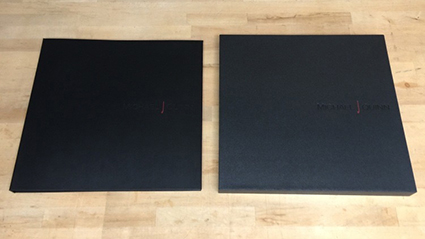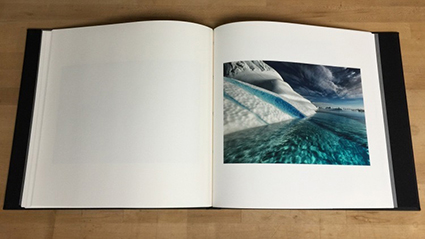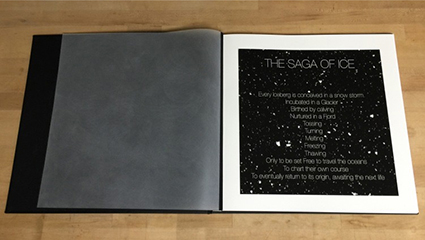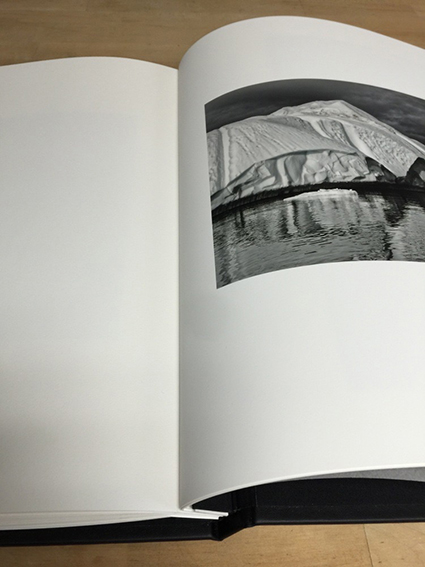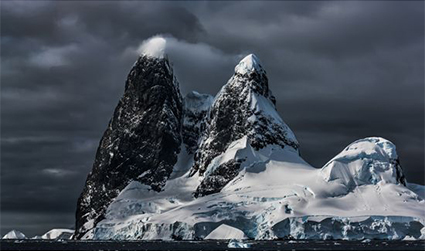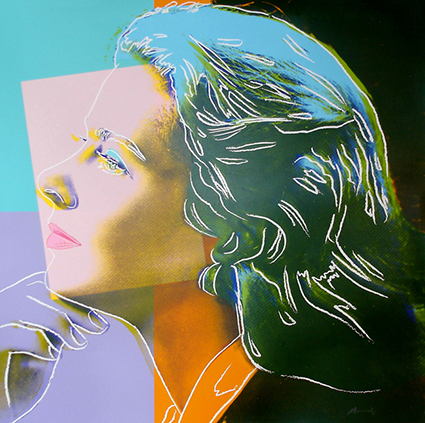Enjoy this collection of quotes by photographer Walker Evans.
“The eye traffics in feelings, not in thoughts.” ― Walker Evans,
“Stare. It is the way to educate your eye, and more. Stare, pry, listen, eavesdrop. Die knowing something. You are not here long.” – Walker Evans
“Whether he is an artist or not, the photographer is a joyous sensualist, for the simple reason that the eye traffics in feelings, not in thoughts.” – Walker Evans
“I think there is a period of esthetic discovery that happens to a man and he can do all sorts of things at white heat.” – Walker Evans
“With the camera, it’s all or nothing. You either get what you’re after at once, or what you do has to be worthless. I don’t think the essence of photography has the hand in it so much. The essence is done very quietly with a flash of the mind, and with a machine. I think too that photography is editing, editing after the taking. After knowing what to take, you have to do the editing.” – Walker Evans
Interviewer: “Do you think it’s possible for the camera to lie?”
Walker Evans: “It certainly is. It almost always does.” – Walker Evans
“I’m sometimes called a ‘documentary photographer’ but… a man operating under that definition could take a sly pleasure in the disguise. Very often I’m doing one thing when I’m thought to be doing another.” – Walker Evans
“Documentary: That’s a sophisticated and misleading word. And not really clear… The term should be documentary style… You see, a document has use, whereas art is really useless.” – Walker Evans
“I used to try to figure out precisely what I was seeing all the time, until I discovered I didn’t need to. If the thing is there, why, there it is.” – Walker Evans
“Detachment, lack of sentimentality, originality, a lot of things that sound rather empty. I know what they mean. Let’s say, “visual impact” may not mean much to anybody. I could point it out though. I mean it’s a quality that something has or does not have. Coherence. Well, some things are weak, some things are strong…” – Walker Evans
“What I believe is really good in the so-called documentary approach to photography is the addition of lyricism. This quality is usually produced unconsciously and even unintentionally and accidentally by the cameraman.” – Walker Evans
“The secret of photography is, the camera takes on the character and personality of the handler.” – Walker Evans
“When I first made photographs, they were too plain to be considered art and I wasn’t considered an artist. I didn’t get any attention at all. The people who looked at my work thought, well, that’s just a snapshot of the backyard. Privately I knew otherwise and through stubbornness stayed with it…” – Walker Evans
“I began to wonder – I knew I was an artist or wanted to be one – but I was wondering whether I really was an artist. I was doing such ordinary things that I could feel the difference. Most people would look at those things and say, ‘Well, that’s nothing. What did you do that for? That’s just a wreck of a car or a wreck of a man. That’s nothing. That isn’t art.’ They don’t say that anymore. – Walker Evans
“Leaving aside the mysteries and the inequities of human talent, brains, taste, and reputations, the matter of art in photography may come down to this: it is the capture and projection of the delights of seeing; it is the defining of observation full and felt.” – Walker Evans
“The meaning of quality in photography’s best pictures lies written in the language of vision. That language is learned by chance, not system; …our overwhelming formal education deals in words, mathematical figures and methods of rational thought, not in images.” – Walker Evans
“The photographs are not illustrative. They, and the text, are coequal, mutually independent, and fully collaborative. By their fewness, and by the importance of the reader’s eye, this will be misunderstood by most of that minority which does not wholly ignore it. In the interests, however, of the history and future of photography, that risk seems irrelevant, and this flat statement necessary.” – Walker Evans
“Somewhere in our search for reality we have passed something by, something important that we no longer find amid the bits and pieces of disassembled matter-something vital that we cannot build out of these parts. There is surely something else, some piece of divinity in us, something that was before the elements, and that owes no homage to the sun.” – Walker Evans
“It is easy to imagine fantasy as physical and myth as real. We do it almost every moment. We do this as we dream, as we think, and as we cope with the world about us. But these worlds of fantasy that we form into the solid things around us are the source of our discontent. They inspire our search to find ourselves.” – Walker Evans
“I work rather blindly. I have a theory that seems to work with me that some of the best things you ever do sort of come through you. You don’t know where you get the impetus and response to what’s before your eyes.” – Walker Evans
“I do note that photography, a despised medium to work in, is full of empty phonies and worthless commercial people. That presents quite a challenge to the man who can take delight in being in a very difficult, disdained medium.” – Walker Evans
“I say half jokingly that photography is the most difficult of the arts. It does require a certain arrogance to see and to choose. I feel myself walking on a tightrope instead of on the ground.” – Walker Evans
“Good photography is unpretentious.” – Walker Evans
“Do we know what we look like? Not really.” – Walker Evans
“…nature photographs downright bore me for some reason or other. I think: ‘Oh, yes. Look at that sand dune. What of it?’” – Walker Evans
“Photography is not cute cats, nor nudes, motherhood or arrangements of manufactured products. Under no circumstances it is anything ever anywhere near a beach.” – Walker Evans
“Incidentally, part of a photographer’s gift should be with people. You can do some wonderful work if you know how to make people understand what you’re doing and feel all right about it, and you can do terrible work if you put them on the defense, which they all are at the beginning. You’ve got to take them off their defensive attitude and make them participate.” – Walker Evans
“It’s easy to photograph light reflecting from a surface, the truly hard part is capturing the light in the air.” – Walker Evans
“Privilege, if you’re very strict, is an immoral and unjust thing to have, but if you’ve got it you didn’t choose to get it and you might as well use it. You’re privileged to be at Yale, but you know you’re under an obligation to repay what’s been put into you.” – Walker Evans
“I never took it upon myself to change the world. And those contemporaries of mine who were going around falling for the idea that they were going to bring down the United States government and make a new world were just asses to me.” – Walker Evans
“It’s too presumptuous and naïve to think you can change society by a photograph or anything else… I equate that with propaganda; I think that’s a lower rank of purpose.” – Walker Evans
“Die knowing something. You’re not here long.” ― Walker Evans
See more in 12 Great Photographs By Great Photographers.
View more in The Essential Collection Of Documentaries On Photographers.
Read more in The Essential Collection Of Quotes By Photographers.


